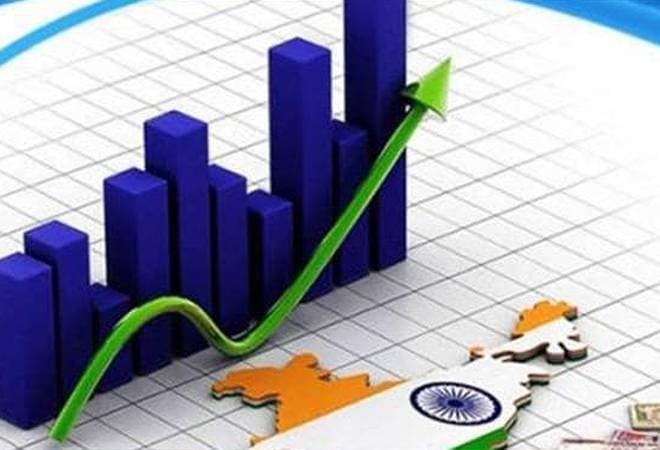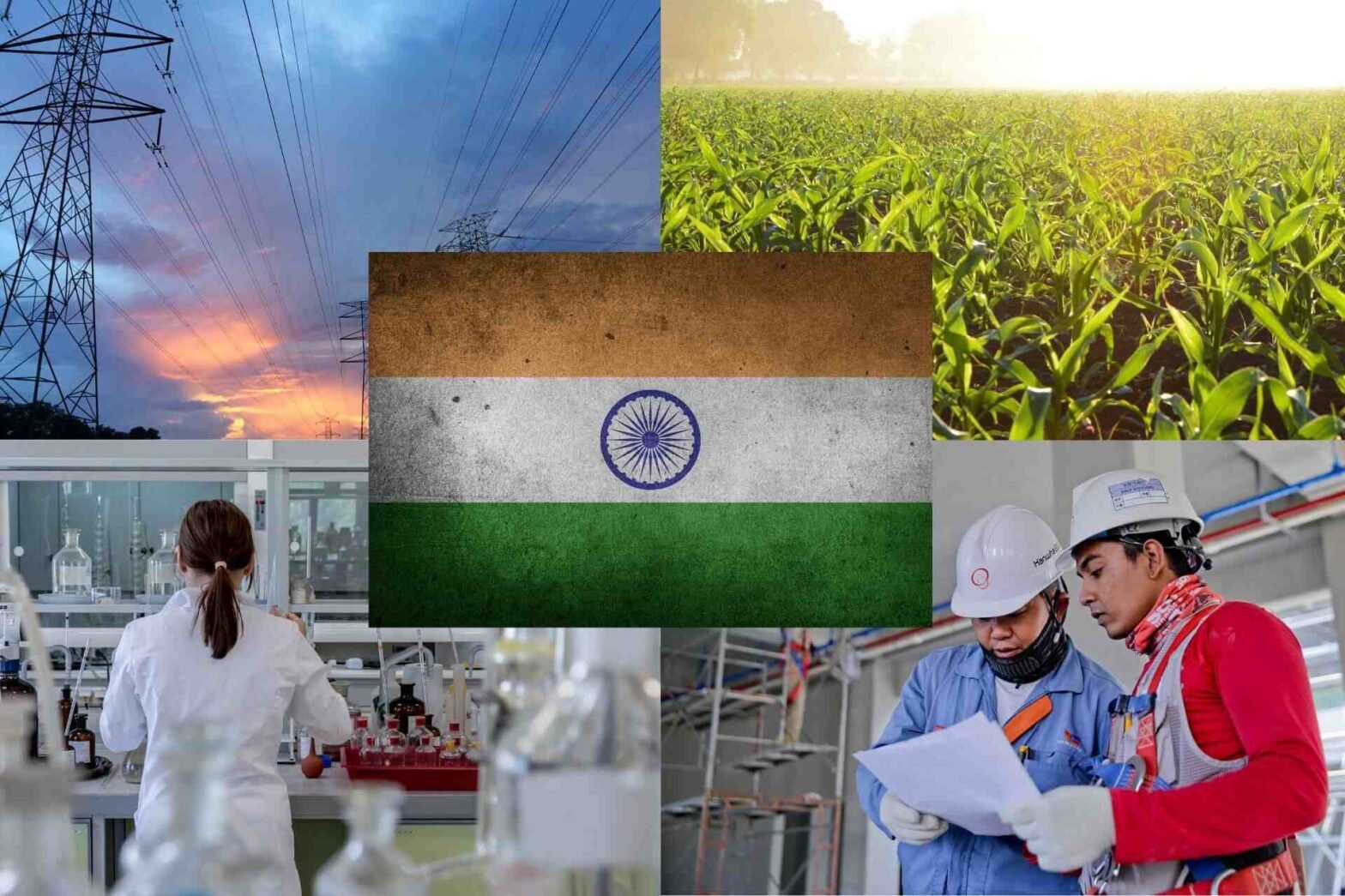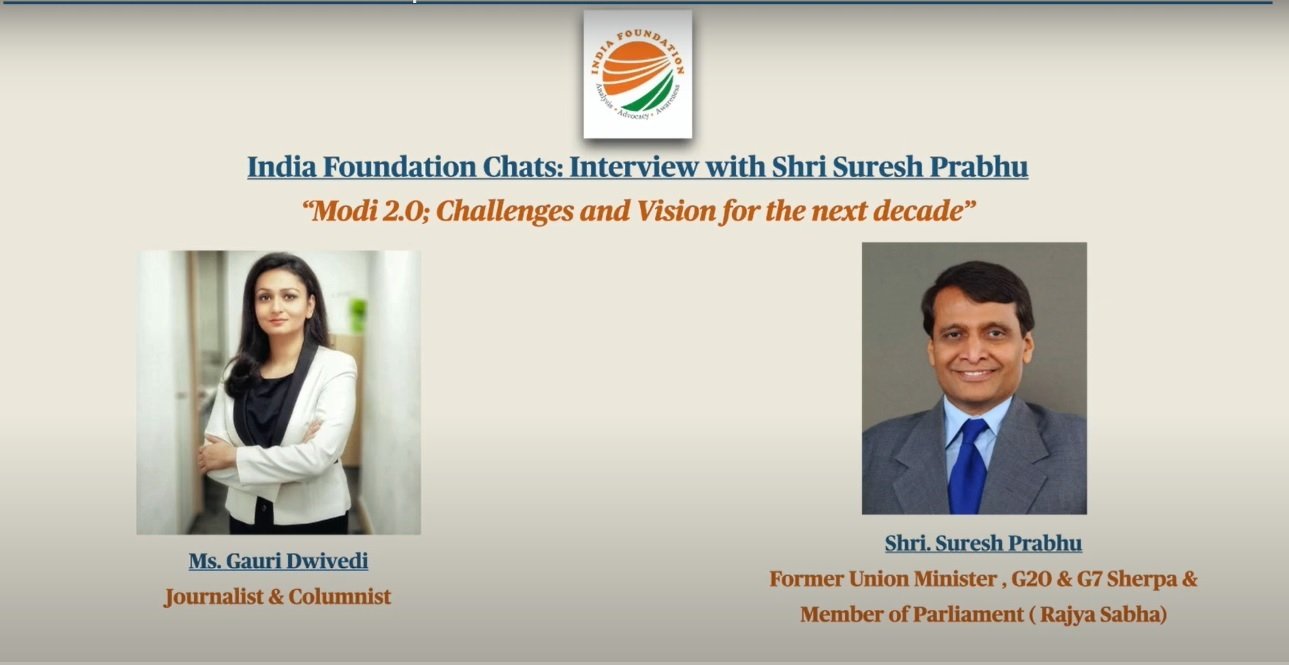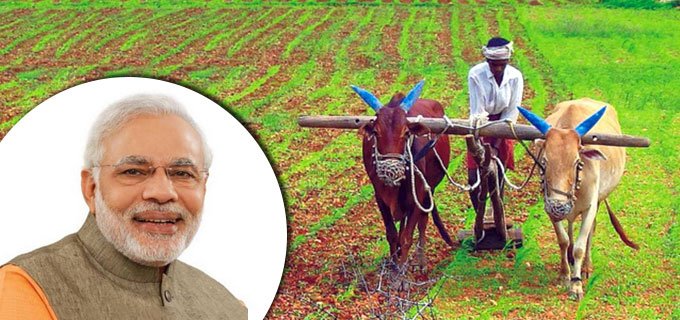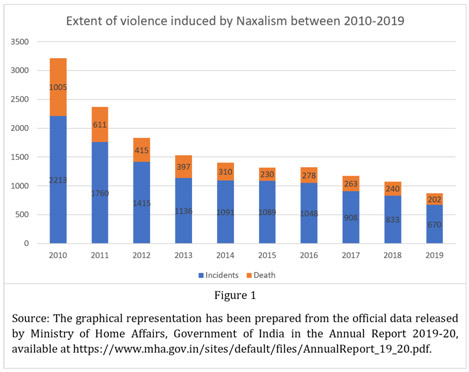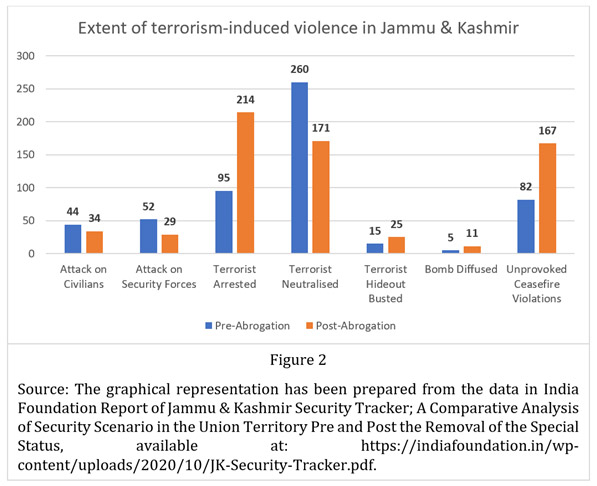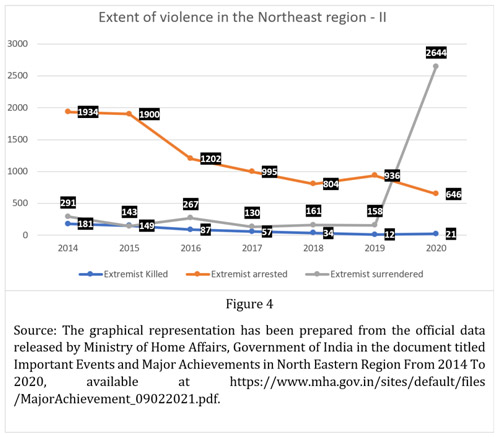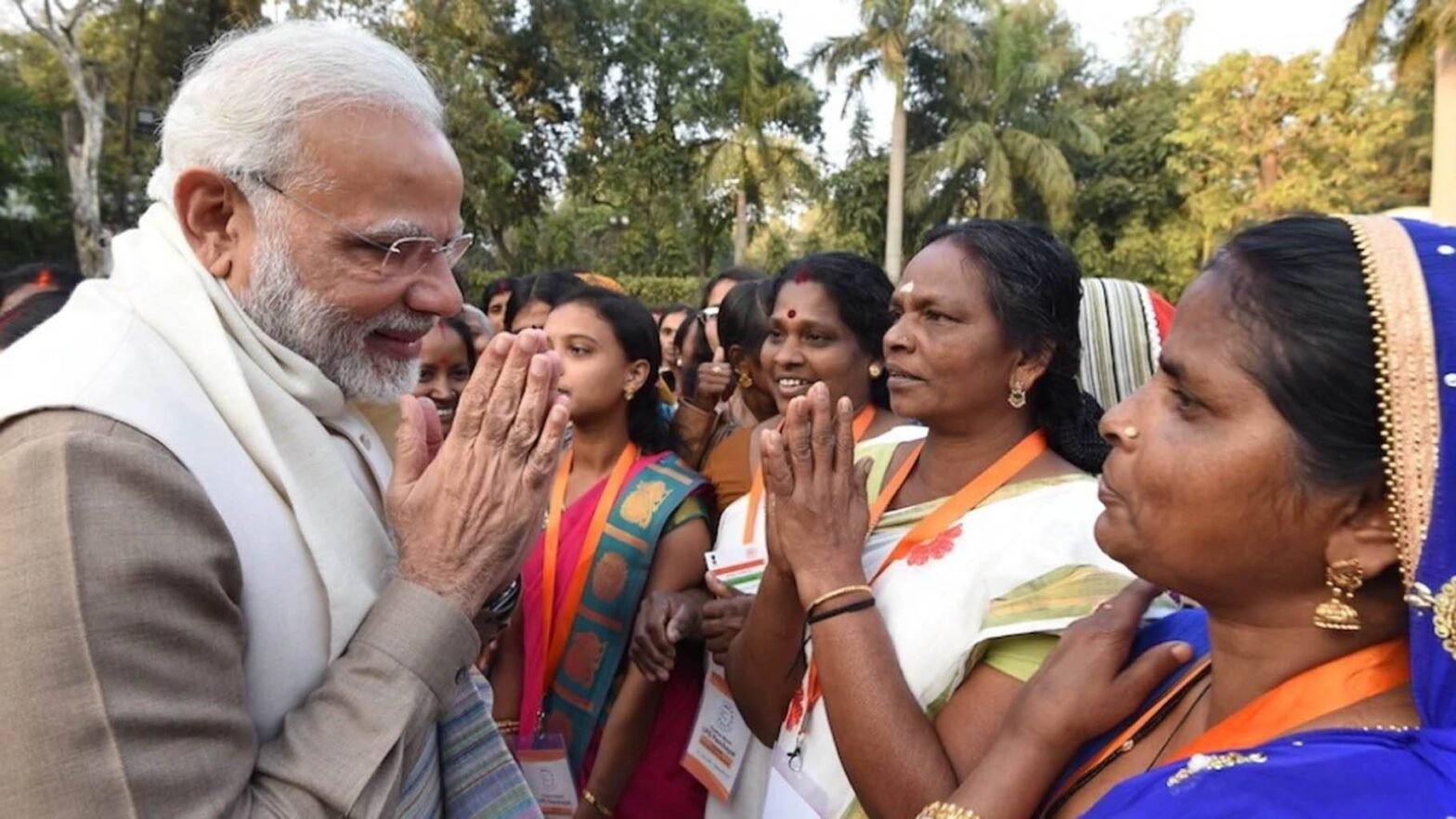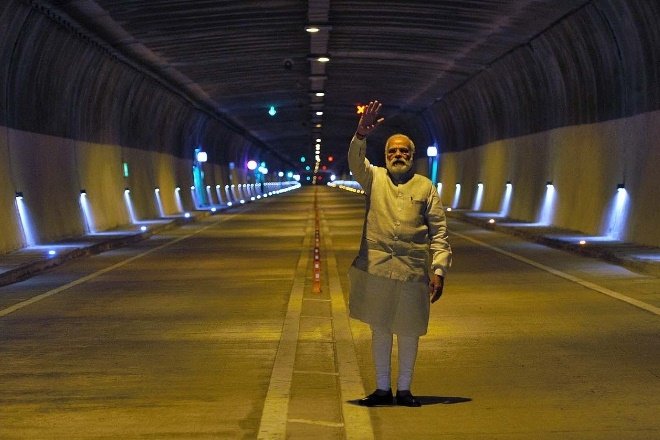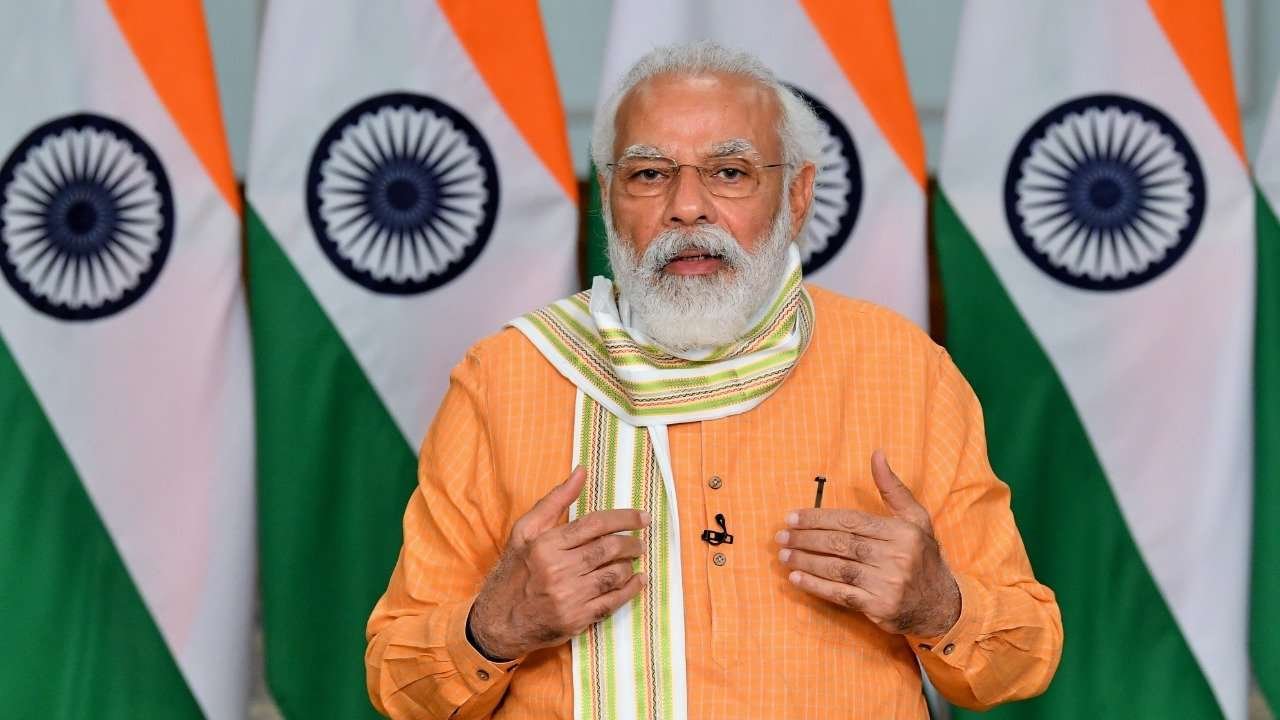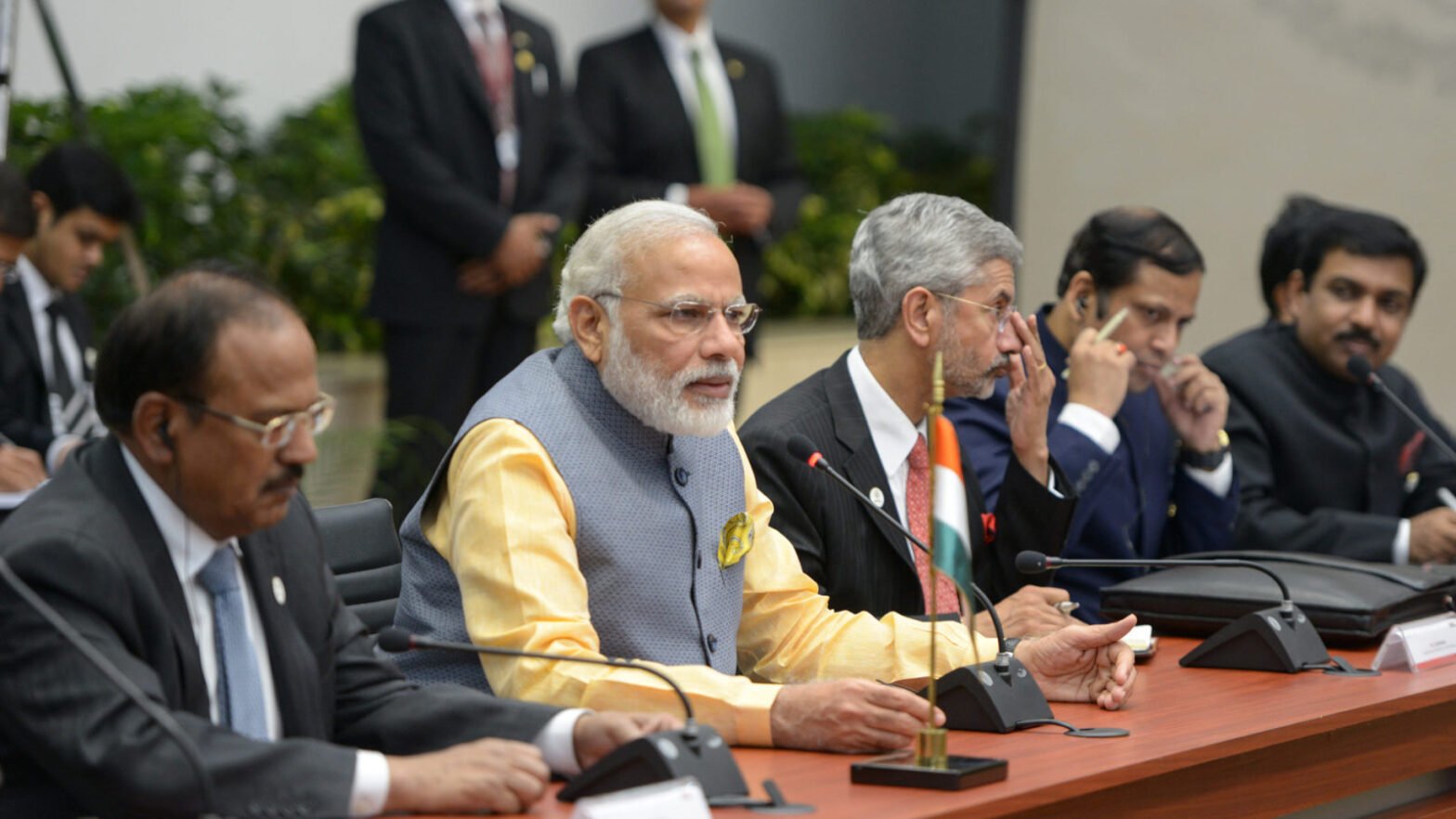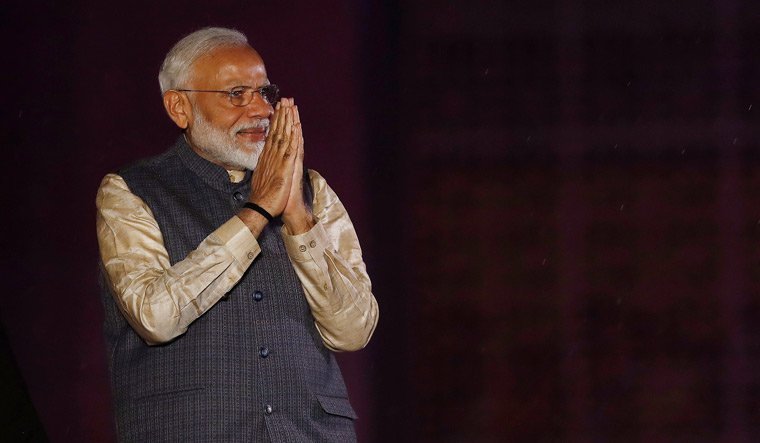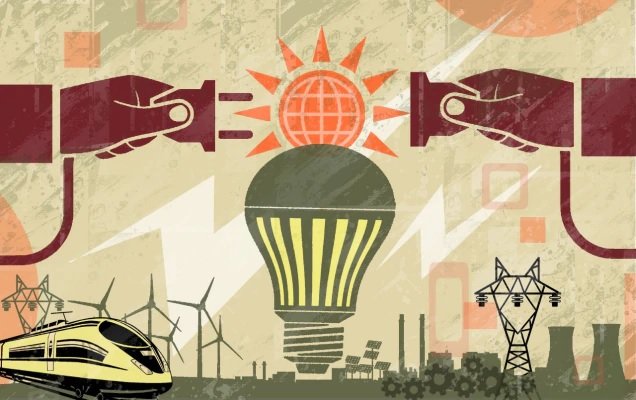Assessor: One who assesses; Assessee: One who is assessed; Assessed: That which is assessed
Assessment is the key to making right choices. Quantitative assessments are commonplace but in various facets of economic activity, the State has to make qualitative choices. This will be critical to ensure that the stroll to US$ 5 trillion is converted into a sprint.
Indian establishment for seventy long years, owing to various reasons, colonised mindset not being the least, learned to count its fingers after every handshake—thanks to the British colonisers who implanted in us the seed of suspicion of everything & everyone. It is undeniable that we do not cover ourselves in glory, when it comes to non-discriminatory & merit-seeking credentials. Nonetheless, our self-subjugation evoked two socio-cultural outcomes, mentioned ahead. First, the need to behaviourally emboss honesty, neutrality & objectivity; second, quantification of everything for comparison. Ensuant to aforementioned, from primary school examinations all the way to choosing whom to provide a multibillion State contract, all & sundry get quantified.
For mass assessment, quantification probably is unavoidable (say for University entrance exams, where a million and a half Indian students appear simultaneously). No prejudice is meant towards quantification; it is, in most cases, the easiest way to compare. But not everything can be quantified. Qualitative assessment sometimes is unavoidable. Forcibly quantifying qualitative indicators leads to compromised consequences. My observation has been that when the assessment (choice) is to be made of the actions of the past, quantification is adequate. But the moment an assessment is to be made of the future, quantification is counter-productive. Assessments of the future can be made adequately, when done comprehensively, including, but not limited to qualitative and quantitative methods.
Is assessment well understood?
At the outset, it has to be conceded that irrespective of qualitative, quantitative or any other mode of assessment, in case the assessor is prejudiced or taken care off, or if the assessee is manipulative; most assessments, quantitative or qualitative can be short-circuited. Therefore, one in every thousand crooks in every society have to be excluded from the scope of this article-proposal. No sensible State builds systems to address crooks & consequently concede that a majority of the addressable population are crooks.
In the book titled “Invention of Description” (ISBN: 979-8636521334) there is an interesting comprehension of Assessment. Assessment, it is claimed, requires adjudgment of the performance of the input/output (resource) vis-a-vis a standard or other comparable[i] to the subject/object of assessment in four frameworks – (i) Necessary Attributes Framework; (ii) Sufficiency Attributes Framework; (iii) Emotional Connect Framework; (iv) Aesthetic Attributes Framework. All these frameworks jointly are DNSEA (Description, Necessary Attributes, Sufficiency Attributes, Emotional Connect & Aesthetic Value).
Necessary attributes’ framework
Necessary Attributes’ Framework is the carrier of objectivity. In this framework, the fitness & riskiness of the assessee are to be established. To establish the ‘fitness’ the assessor has to very clearly establish the purpose. Without clear establishment of the purpose the very basis of assessment goes for a toss. Especially in scenarios where multiple people are assessing, lack of expressly stated purpose, invariably leads to every assessor assuming his own purpose, while the vision that kindled the need to undertake an assessment (especially in case of the State) is lost altogether.
Lack of clarity in stating the purpose concomitantly, leads to confusion among the assessees, as they fail to comprehend what should they pay most heed to. Therefore, the most rudimentary & crucial parameter for assessment is ‘fitness for purpose’. It is equally crucial to adjudge the fitness of the assessed vis-a-vis time, place & environs in which execution is anticipated.
The L1 Paradigm
Besides fitness for purpose, time, place and ambience; fitness of cost of execution that the assessee proposes is the last & important necessary attribute of this framework. It is very important not to make final assessments based merely on the lowest cost. Imagine getting to attend a three hour show of Dhinchak Pooja (“Dilon Ka Shooter, hai mera scooter…”) because she quoted 0.01% lower price to present a concert vis-a-vis Shankar Mahadevan. This is the story of competitive/comparative quantitative assessment in which L1 (lowest quote) wins the competition. Once prices are quoted, depending on the case, a minimum (where State expects a subsequent revenue) or maximum (where State undertakes to participate/subsidise/bear the cost) limit, should be established (a sensible mechanism could be worked to establish this cost) after comparing proposals from all the assessees. After establishing & publicly declaring the cost constraint (max. or min.), all contenders should be offered to recast & re-submit their proposals (whosoever desires to) within the established cost constraints and be given a chance to compete with each other qualitatively. Yes, the State would not get literally the lowest price. But a State should not aim for the lowest price, it should focus on procuring within its budget (the established cost constraint), the solution that is of highest quality. This is the best way to promote meritocracy & innovation and give innovative companies a chance to showcase their worth.
Thus ‘cost-constraint’ is converted into a median or even lowest price-discovery (budget discovery) process, while decision-making is ‘qualitative’. The State operates in a reverse manner, when it wants qualitative bidders, it often creates a qualitative barrier (technical in nature), customised to filter-out lesser mortals. And then lets the chosen few compete on financial indicators. This rules out those from outside the inner club of few companies.
The ‘Swiss challenge’ is a shade better, as it let’s customisation of the initial specifications of the competition by the assessor, such that there is at least one bidder available, nevertheless. But it is not ideal as the competition is not qualitative. The specifications are frozen ab initio.
Sufficiency attributes’ framework
Sufficiency Attributes’ Framework is the determinant of life of that which is proposed as a resource or that of the assessed, with at least one objective tolerance constraint to each of the specifications. All specifications are categorised into four classes: quantitative, qualitative, geo-ambient and ownership. Geo-ambient means the geographical location of the assessed along with the environs in which the assessed is located. ‘Ownership, simply said, means the user in whose possession/ownership the assessed resource is expected to be in future or who all will be affected by the resource’s coming into existence.
Sufficiency framework delivers life to assessment & ensures that the assessors are running with their eyes & faces looking ahead, instead of backwards. Those assessors look backwards, who lack vision & fail to take calls based on what is expected in future. They base their decision-making on the statistical past (at best), their past (at worst). In assessment of high technology areas, this is lethal to say the least. Because the best decisions taken looking at the past are likely to be worse than the worst decisions taken looking at the future.
Through assessment of sufficiency the assessor should assess the quantitative, qualitative, geo-ambient (location and environs) and ownership (with whom is the assessed resource will rest in future or be used or consumed or all who will be affected) specifications & their tolerances within which the assessed resource will be fruitful.
This parameter forces the assessor & the assessee alike to work on the resourcefulness, hence, reliability and life of the assessed, thus forging quality of assessment & decision-making. This is critical in case of assessment of high technology ventures like semiconductor plant proposals, or advanced material manufacturing proposals. Assessing, investing & supporting high technology ventures by State (Government) can be best compared to skeet shooting. An expert gunman aims a few metres ahead (of the skeets position) while pulling the trigger to intersect the skeet with his bullet.
Choosing to support complex material science technologies & teams that will make cutting edge high technology enterprise in India is a heavy burden, and immensely critical for our nation building. We need to make the investment count. We will be betting the tax charged on a cup of Chai consumed by a labourer. A choice made by a mediocre assessment will only add one more mediocre organisational existence at best or a long, dragged unwanted life at worst.
Sufficiency Attributes’ Framework is smartly done. It is subjective towards achievement of highest specifications (the assessee is free to deliver the best specifications) & objective to the need of minimum specifications, in concurrence with the established tolerances.
Emotional connect & aesthetic value framework
Emotional Connect Framework has two classes: the absolute assessment & the comparative assessment, and both are completely subjective. Under this framework the assessor just expresses his likeness of the assessed, absolutely, on its own merit, and a comparative ranking when compared to other options or previous experience of assessed objects/resources in the same category, without providing any reasons (emotional connect is not subject to reasoning. Reasoning is crucial only in necessary & sufficiency attributes).
The emotional connect (likeness) of the assessors towards the assessed is non-trivial, but it is neither necessary, nor sufficient. It is the subjective view of the assessor about the assessed. Its importance is only in the context of the next Framework which is the Aesthetic Framework and which is cast from statistics accumulated from emotional-connect-assessment of all the assessors. When an overwhelming majority likes & feels emotional connection to something, it is aesthetic.
The DNSEA assessment matrix is strictly sequential & a ranking filter. Strictly sequential means, first assess the safety (risk & mitigation) elements of that which is proposed to be assessed. Then the fitness for purpose, time, geo-ambience & cost should be assessed. This should be followed by sufficiency attributes’ framework assessment to establish the reliability and resourceful life of the assessed. Follow this with emotional connect (first absolute & then comparative) assessment and deduce the aesthetic value. Necessary framework assessment is only a go, no-go filter. Sufficiency framework assessment is a ranking filter as not only is the assessed categorised as go, no-go but is also scored/ranked. Thus, comparable variants, when they come for aesthetic value assessment, they are filtered through assessment of necessary attributes and filtered & ranked through assessment of sufficiency attributes. Thereafter, the competing variants are subject to assessment of emotional connect and aesthetic value. There are fair chances that the highest scorer on sufficiency might not be the most aesthetic. Decisions should be made on the consumption patterns of the assessed. In case the assessed resource is created for sensual consumption (olfactory, visual, auditory, taste, touch), it should neglect the ranking in sufficiency & the choice should be made on basis of best aesthetic value, while in other cases, aesthetic value could be scored to determine the weightage of sufficiency attributes and aesthetic value.[ii]
The Evaluation Committee
Not by malafide intent, but owing to certain unavoidable circumstances, it is not infrequent to discover a compromised choice of assessors in Government evaluation committees. The chosen assessors are the ones, who could be competitively threatened by the assessee in future. Indeed, in such cases even if they have to choose one from among many assessees, they tend to choose the one, who has least chances of success. It is understandable that the Government is always most comfortable getting the chiefs of Govt. departments & Govt. companies from the same sector, with similar profiles, to be ideal for ‘professional’ assessment as the Govt. officials are expected to cater to the greater public good. Factually, such a view is utopian. Government is composed of people, who usually think no different from how the society, at large, does. They cater to their interests & the interests of their small cabals within the Government. It is undeniable that the chiefs of existing companies & departments doing similar activities are expected to have knowledge of the field, but the cost for this expertise of the knowledgeable assessor is smart mangling of the one, who is most likely to topple the cabal’s gravy boat.
There are innumerable subtle ways of conveying the ‘negative sentiment’ to other members which might seem really very innocent, like calling a serious forward-looking proposal as a ‘wish list’. Have heard from entrepreneurs use of many other adjectives that neither are subtle nor seem to be intellectual rubs. Throttle of imminent threat is one of the causes for compromised quality committees, egos & lack of vision (shooting a skeet) are the other common ones. It also merits mention, that sectors in which Govt. departments & companies have performed excellently, are seldom needed to be canvassed for investment and hence, assessments. ISRO, Atomic Energy, Oil & Gas are such examples in India. On the contrary, assessments are done in those sectors, where the incumbents have underperformed. And these very under-performers are then deputed as evaluation committee members to assess the companies that will threaten their very existence in future. The quality of assessment is predetermined!
Ideally, capable professionals working in the Government sector should be the ones, who set the objective, minimal specifications for the project. Therefore, it is very important to have an evaluation committee that is high calibre. For assessing forward looking, futuristic proposals in high technology, the assessors have to be of high quality – ideally, globally best minds. Indeed, getting high calibre academic and industry minds known for their integrity & futuristic approach globally, will ensure that mediocrity is eliminated from the process of assessment altogether and there is nothing unpatriotic in it. On the contrary the world gets a signal that when it comes to picking brains, we will approach the best.
Secondly, I observed carefully, that in a committee of five, no more than one would come prepared after a thorough read of the proposal & would ask informed questions. Indeed, the assessment of evaluation committees is dependent on three types of people – either the member-secretary, who informs in advance of the ‘good’ assesses; or the one prejudiced, malignant or threatened by the possible rise of a new star (by excluding the most likely to succeed) or that one single member, who came prepared after thoroughly reading the proposal. Best evaluations come from committees where the ones who come prepared after in depth study, rule the roost. The worst decisions come from committees in which the threatened takes charge by virtue of his position of lung power. All the aforementioned issues in this paragraph can be beautifully resolved without any investment. The Govt. should procure from NIC an electronic submission followed by automated anonymous dispatch of the proposals being assessed to machine-chosen assessors from within a categorisedbank of assessors, each of whom has to strictly undertake not to reveal his identity or the fact that he is evaluating the proposal.
Views should be sought individually from each assessor & an anonymous query-answer window should be opened between each assessee and each assessor separately (with strict prohibition of disclosing names and contact details of either in the one-to-one chat forum). This will ensure that each assessor has applied his mind (because he can no more rely on the informed decision of another member of the Evaluation Committee) while this will also showcase the quality of the assessor & enable rating each of them systematically (automatically by the system), ensuring that Govt. does not repeat-hire a highly-placed, low-calibre assessor. Such an electronic remote process can enable excellent assessment of the necessary and sufficient frameworks. This will snatch away the possibility for the assessor to come into an evaluation committee meeting, have tea & snacks, hear others, gel his view to the majority & leave with a visit fee. This remote incognito (query-comment) assessment can be used to filter+rank those proposals on sufficiency attributes which have passed the go, no-go test of the necessary framework.
Thereafter, for the emotional connect & aesthetics framework, a committee meeting can be convened with in-person interviews of the assesses & demonstrations, if applicable. Such a committee meeting will be fruitful, as the assessee will be best-prepared after having been well-acquainted with the issues & concerns highlighted by the assessors. They will already be ranked and will know the targets they need to set to excel on emotional connect. Indeed, it would also be possible to have a different set of assessors for emotional connect and aesthetics to ensure that the evaluation is done by the best minds of the field.
It could always be left to the terms of reference to decide what importance they desire to advance to emotional connect & aesthetic value (statistical outcome of the emotional connect). The aforementioned electronic, remote, incognito necessary & sufficient attributes’ assessment followed by an in-person aesthetic value assessment will ensure assessment is deep, thorough, with independent views of the assessors without grease of references, recommendations, favouritism& egotistical eruptions. Human consciousness is composed of human emotions.[iii]Therefore, many times emotional quotient overtakes, & evaluation committees operate in a reverse matrix. The smells, looks, language, style, pheromones & other elements of emotional framework overshadow the necessary & sufficiency framework and decisions taken turn out to be successful only by serendipity, if at all. Sufficiency attributes (the constraints & life of resourcefulness of that which is assessed) are not even jerked mentally.
An incident quoted by a young entrepreneur who appeared before a technology evaluation committee exhibits the bad luck he encountered. After sensibly answering a few questions, a senior assessor asked him another question. In a slip of tongue, he added the last utterly unneeded word to his positive response, which went as follows, “yes sir, it is so. Obviously.” No later than the emergence of the word ‘obviously’ from between his upper lip & lower teeth and striking of the drums of the assessor’s weedy ears with the sound wave of the said word; he almost jumped at the entrepreneur with rage, counter-questioning – am I so foolish that I do not know something that is so ‘obvious’? Good heavens! The assessed realised he had kicked the hornet’s nest! Thereafter, the assessor kept on countering every proposition of this entrepreneur till the other members postponed the decision to the next meeting, which occurred nine months later through which his project was cleared. ‘Obviously’ cost him 9 months.
The Government, to enable a quantum leap in its processes should avoid all the aforementioned. Take evaluation of serious technology proposals electronic, remote & incognito (the assessees& assessors are not unacquainted). Hire the best global experts known for their integrity. Use the aforementioned DNSEA mechanism for assessment of proposals.
And what about that which is free?
Online platforms have evolved a new paradigm for Governments. They are free and sometimes they need to be chosen by the State and choice of Government endorsement or use would lead to an impact on the subscribership or revenue of the platform indirectly. While in the existing quantitative evaluation it is just not possible, as all the proposals might come free of cost. In the proposed qualitative electronic, remote & incognito assessment it really matters not. Government can evaluate the products & technology & then choose not one but multiple platforms that pass the cut off.
Let the games begin!
Race to 5 trillion US$ finish line! Let the best win!
Author Brief Bio: Deepak Loomba is Chairman of De Core Nanosemiconductors Limited, Gandhinagar, Gujarat. He owns the only Private Company in the history of independent India, and the only one in entire South Asia which established a compound semiconductor plant with a material growth facility.
[i] Since the process of assessment embodies comparison, categorisation is a prelude to assessment. It is pertinent to first ensure that those compared belong to the same category, else the comparison will not be an apple to apple comparison.
[ii] The State (Top Government functionaries) while setting evaluation committees & bodies in India have the best intentions in their minds. But the final result fails the primary motivation that ignited the process of evaluation, very often. I am in no way intending to cast a shadow of doubt on all experts and committees. I am sure there are many which have presented excellent assessments. But there is a systemic slack in the process.
[iii] See Awareness & Consciousness – Discovery, Distinction & Evolution ISBN: 1692201220 or check the youtube video of Dr. Mark Solms.

